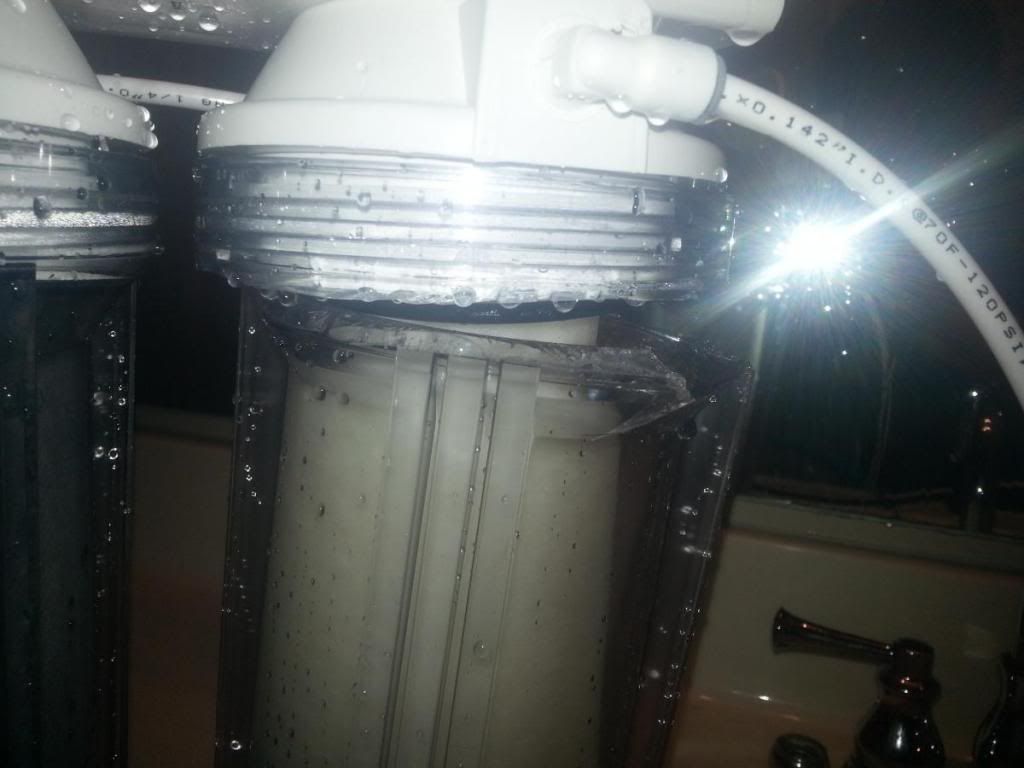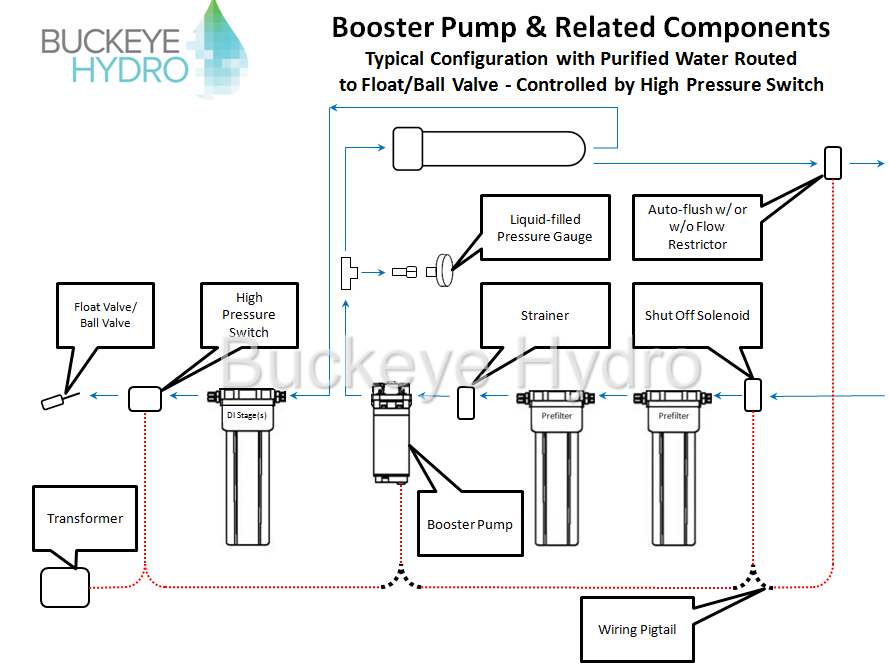http://www.homebrewfilters.com/brew-water-filters.html
What are the opinion on the ones these people sell???
I'm building a 1 barrel electric system and don't want to use the tap water plus economically can't afford to use bottled drinking water by the gallon anymore.
Mabrungard ....... your thoughts on them?
Got any links to what you consider decent for somebody needing 35 gallons at a time ( starting the thing a day or 2 ahead of time isn't an issue)
Personally, as long as the system uses standardized filters like 10"x2.5" then I don't think it matter what brand you get. Just get something that isn't proprietary that you would have to pay out the @$$ for.





















![Craft A Brew - Safale BE-256 Yeast - Fermentis - Belgian Ale Dry Yeast - For Belgian & Strong Ales - Ingredients for Home Brewing - Beer Making Supplies - [3 Pack]](https://m.media-amazon.com/images/I/51bcKEwQmWL._SL500_.jpg)





































